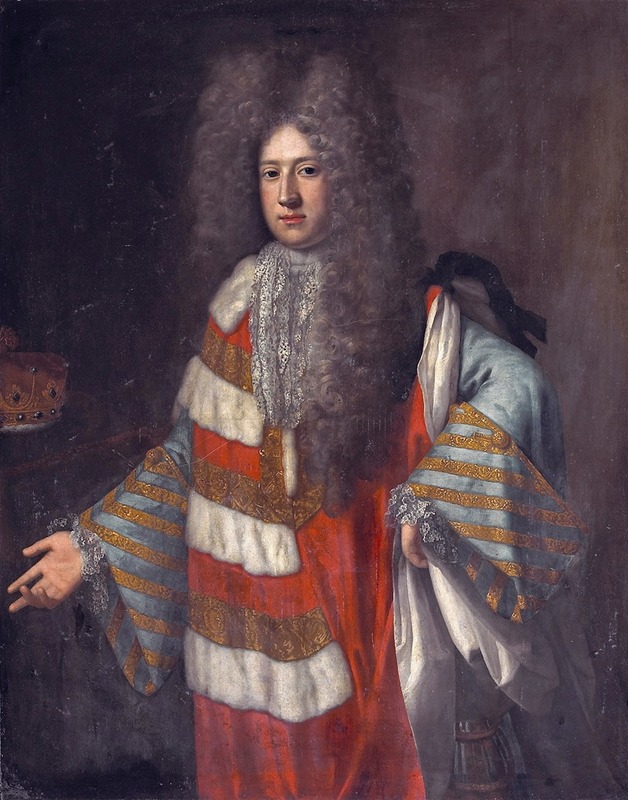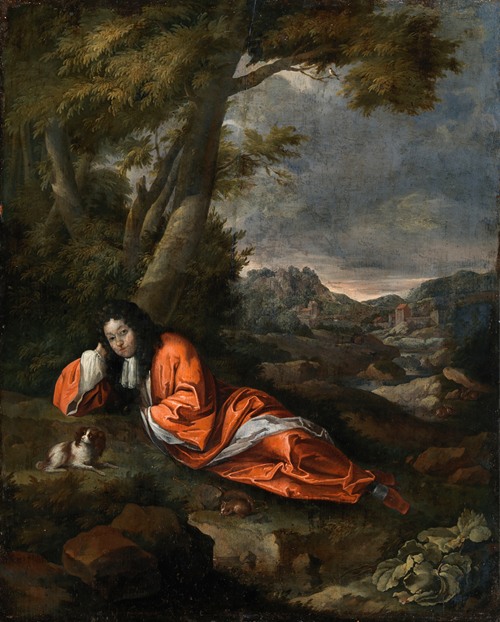
Garret Morphy (alternatively Morphey or Murphy) was an Irish painter.
Little is known about Garret Morphy's origins and personal life. He is assumed to be of Irish birth, however there were Morphys in London, Dublin and elsewhere in Ireland in the C17th. The first documented mention of him is in 1673 when he was an assistant to the Catholic artist Edmund Ashfield, in London. At this time he was probably about 18 years old.1 His style of portrait painting suggests he studied under the Flemish portrait painter, Gaspar Smitz, who painted the Irish aristocracy in the 1660s and 1670s.1, 2 Morphy was a Catholic and was known to move between London and Dublin, painting portraits of established Catholic families, the colonial hierarchy and army officers. He painted a portrait of the Catholic Archbishop of Dublin, Oliver Plunket, who was executed at Tyburn in 1681.4 Morphy is known to have been in Yorkshire and Northumberland between 1685 and 1688 during which time he completed a portrait of the Duke of Newcastle amongst others. He was a quick and prolific portrait painter. His importance perhaps lies in the fact that he recorded the “remnants of a once powerful social grouping that was passing out of Irish history.”3 Garret Morphy died between November 1715 and May 1716. He is said to have raised the practise of Irish portrait painting to a new and professional level.1 Some of his works hang in the National Gallery of Ireland and the National Portrait Gallery in London. An extensive catalogue of Morphy's work is given in ref. 3.




